Why Consider Traveling with Your Pet?
Traveling with a pet offers a unique opportunity to share new experiences and strengthen the bond with our animal companions. The sound of paws padding across a hotel room floor or the feel of a contented pet nestled beside us during a long drive can transform any journey into a source of comfort and joy. For many of us, leaving a beloved pet behind simply is not an option, and bringing them along can make travel truly feel like home away from home.

However, bringing a pet on a trip requires thoughtful planning, flexibility, and an understanding of both the advantages and hurdles involved. From emotional support to a sense of adventure, traveling with pets can enrich our lives, but it also demands careful preparation to ensure every member of the family—two-legged and four-legged—remains safe and happy throughout the journey.
Is Traveling with Pets Right for You?
Before making any travel arrangements, it is essential to consider whether bringing your pet will result in a positive experience for both you and your animal companion. Not every pet is suited for travel, and not every trip is pet-friendly. By evaluating your pet’s temperament and health, as well as your own expectations, you can make an informed decision that prioritizes well-being and enjoyment.

How Can You Assess Your Pet’s Readiness to Travel?
We recommend observing your pet’s behavior in new environments and during short car rides. If your pet becomes anxious, carsick, or agitated, these reactions may signal that extended travel could be stressful. Medical history, age, and overall physical condition are also factors to review with your veterinarian before planning a trip together.
What Types of Pets Are Suitable for Travel?
While dogs and cats are the most common travel companions, many small mammals, birds, and even reptiles can accompany their owners on certain trips. Each species presents unique challenges. For instance, birds require temperature control and minimal noise, while reptiles need specific habitat conditions. Assessing your pet’s specific needs is crucial for safe and comfortable travel.
How Does Your Pet’s Personality Affect Travel Plans?
A pet’s individual personality plays a significant role in travel success. Outgoing, adaptable pets often enjoy new experiences, while shy or easily frightened animals may prefer the stability of home. Consider your pet’s stress levels, socialization skills, and adaptability to changes in routine and environment.
What Are the Main Benefits and Challenges of Traveling with Pets?
Traveling with pets brings companionship, emotional support, and a sense of security. It can also encourage us to be more active and social during our trips. However, challenges include finding pet-friendly accommodations, managing health and safety issues, and dealing with restrictions in public spaces. Balancing these factors is essential for a rewarding experience.
What Should You Consider When Planning a Trip with Your Pet?
Thoughtful planning is the foundation of a successful pet-friendly journey. From destination selection to itinerary design, each decision should take your pet’s comfort and safety into account. A well-organized trip reduces stress and increases the likelihood of enjoyable adventures for everyone involved.
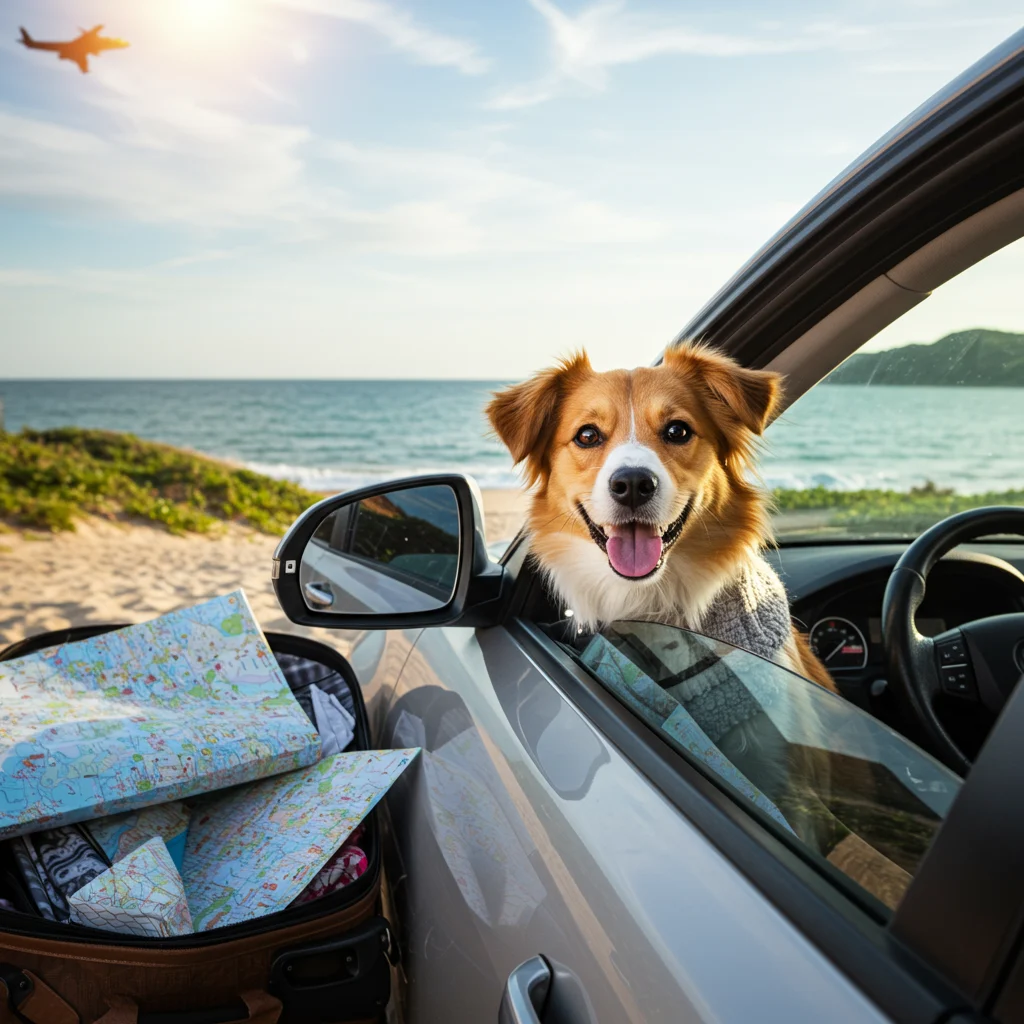
How Do You Choose Pet-Friendly Destinations?
Not all locations welcome pets equally. Research destinations known for their pet-friendly policies, such as parks, beaches, and urban areas with pet-welcoming cafes and attractions. Some cities, like Boston and Banff, offer memorable outdoor experiences that both humans and pets can enjoy, as highlighted in our coverage of the Banff Gondola Ride Admission adventure.
How Can You Research Pet Policies at Your Destination?
Before booking, consult official tourism websites, accommodation listings, and travel forums for up-to-date information on pet restrictions, leash laws, and available amenities. Contact hotels or rental owners directly to confirm their policies and ask detailed questions about size limits, breed restrictions, and access to outdoor spaces.
When Is the Best Time of Year for Pet Travel?
Seasonal considerations can affect your pet’s comfort and safety. Avoid extreme temperatures, crowded peak seasons, and environments with known hazards such as fireworks or wildlife. Traveling during shoulder seasons often means milder weather and fewer crowds, making it easier for pets to adjust.
How Do You Create a Pet-Centric Travel Itinerary?
Include ample breaks for exercise, bathroom needs, and meals. Plan activities that welcome pets, such as outdoor hikes, beach visits, or pet-friendly tours. Make reservations in advance for accommodations and attractions that require advance notice for pets.
What Legal and Health Requirements Must You Meet for Pet Travel?
Complying with legal and health requirements is vital to prevent travel disruptions and protect your pet’s well-being. Regulations can vary dramatically between destinations, so research and documentation should begin as soon as you start planning your trip.

Which Vaccinations and Health Certificates Are Necessary?
Most destinations require proof of current rabies vaccination and a general health certificate issued by a veterinarian. Some locations mandate additional vaccines or parasite treatments. Always check requirements with local authorities or consulates, and schedule veterinary appointments well in advance.
What Should You Know About Quarantine Rules?
Quarantine regulations differ by country and even by state within larger nations. Some places require pets to be isolated for a set period upon arrival, especially if documentation is incomplete or if there are disease concerns. Understanding these rules ahead of time can help you avoid unexpected delays or distress.
How Do You Obtain Pet Passports and Travel Documentation?
Many countries issue pet passports that certify vaccinations and health status. These documents simplify border crossings and reduce the risk of quarantine. Work with your veterinarian to gather all necessary paperwork, and keep digital and physical copies accessible throughout your journey.
How Can You Prepare Your Pet for Travel?
Preparation reduces anxiety and sets the stage for a smooth travel experience. Training, acclimation, and packing the right supplies all contribute to your pet’s comfort and safety while away from home.
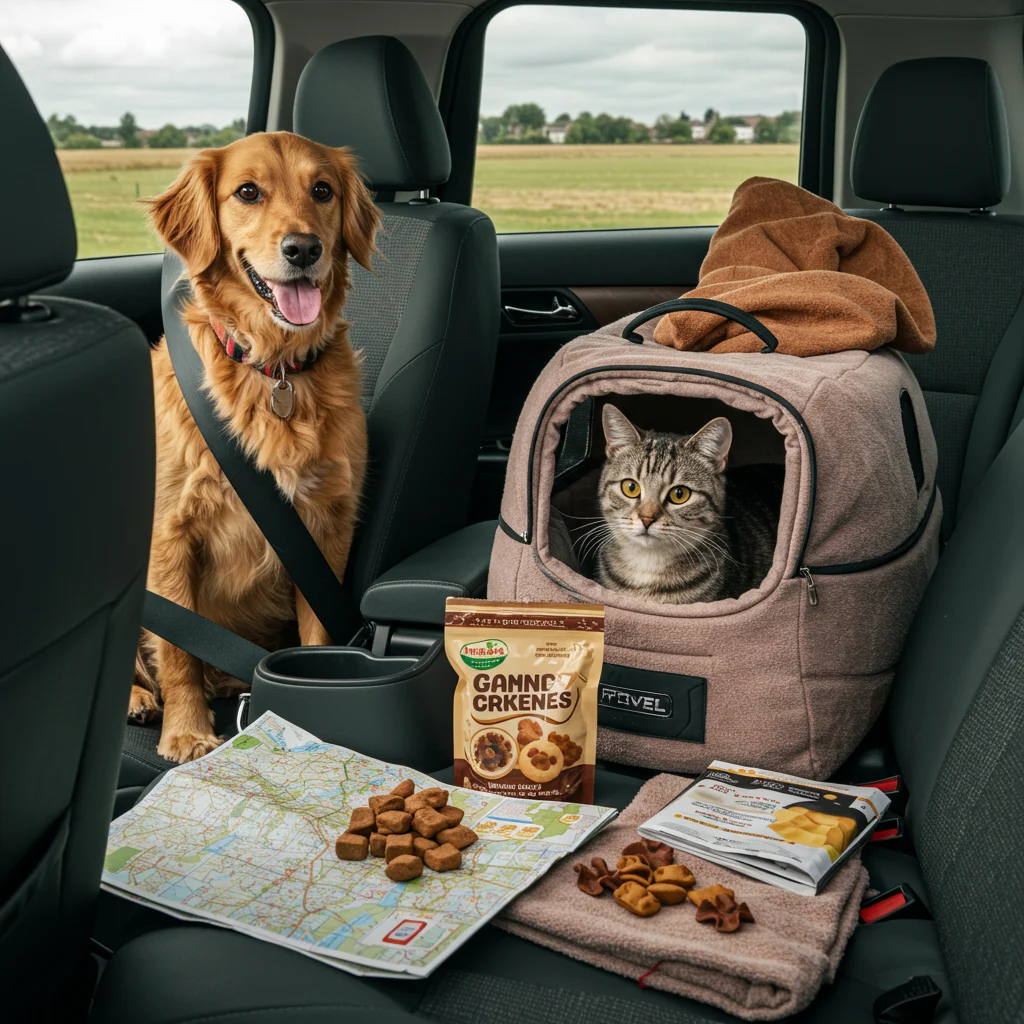
How Do You Acclimate Your Pet to Travel Carriers?
Introduce the carrier or crate weeks before your trip. Place familiar bedding inside, offer treats, and encourage your pet to spend time in the carrier each day. Gradually increase the duration and simulate travel conditions to build familiarity and reduce stress.
What Are Effective Ways to Reduce Pet Anxiety Before a Trip?
Maintain a calm routine in the days leading up to departure. Use pheromone sprays, calming supplements (approved by your vet), or comfort items like favorite toys. For particularly anxious pets, consult your veterinarian about temporary anxiety-relief medications or behavioral strategies.
What Essentials Should You Pack for Pet Travel?
Thoughtful packing ensures you have everything needed for health, safety, and comfort. In addition to food and water, include items that address your pet’s unique habits and preferences.
Which Items Are Must-Haves for Pet Travel?
- Collar with ID tags and a secure leash
- Travel-friendly food and water bowls
- Enough food and bottled water for the journey
- Current vaccination and health records
- Waste bags and cleaning supplies
- Comfortable bedding and blankets
How Do You Create a Pet First Aid Kit?
- Basic bandages and gauze
- Pet-safe antiseptic wipes
- Tweezers and scissors
- Medications and flea/tick preventatives
- Emergency contact information for local veterinarians
Why Are Favorite Toys and Comfort Items Important?
Bringing your pet’s favorite toys, blankets, or an item with your scent can provide comfort and a sense of familiarity. These items help reduce anxiety and boredom, making travel more enjoyable for your companion.
What Should You Know About Traveling by Car with Pets?
Road trips can be highly enjoyable for pets if safety and comfort are prioritized. Proper restraint, frequent breaks, and thoughtful planning help prevent accidents and minimize stress during long drives.
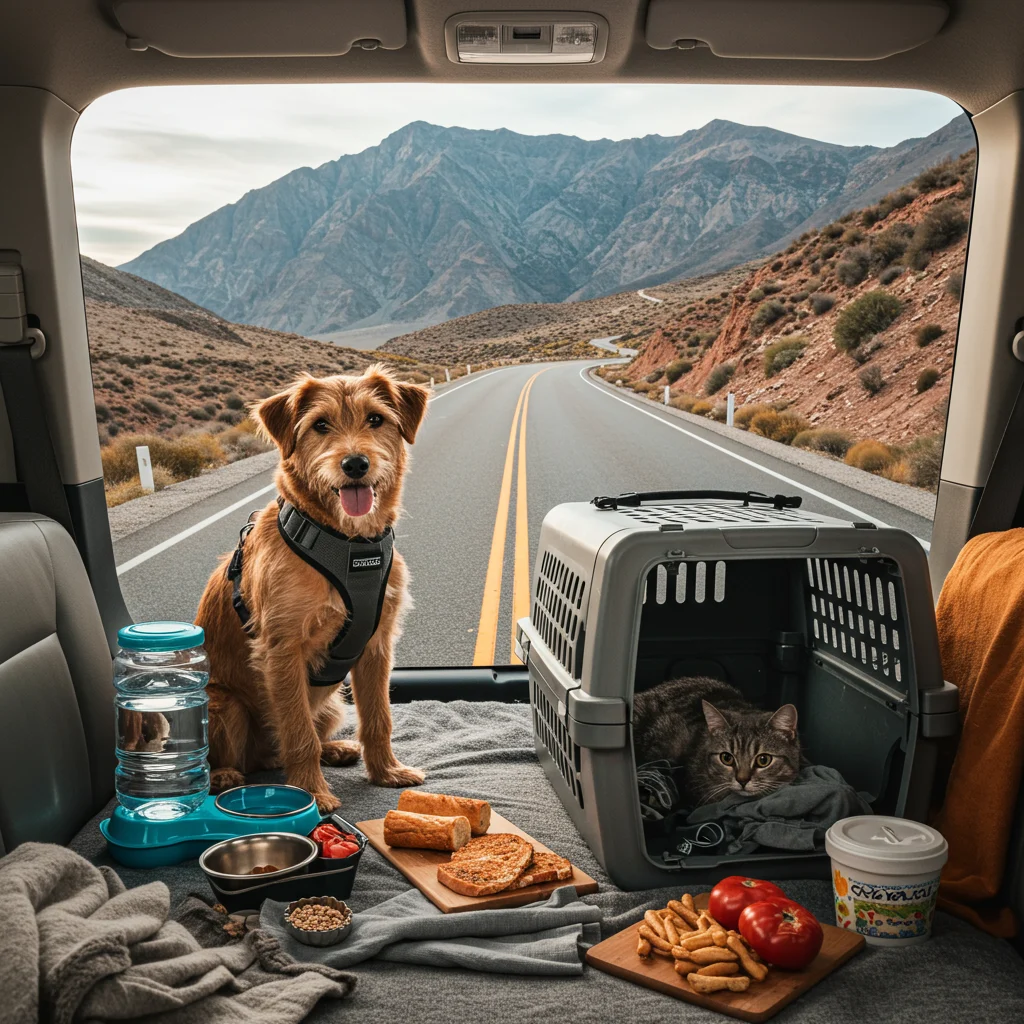
How Do You Safely Secure Your Pet in a Vehicle?
Pets should never travel unrestrained. Use crash-tested carriers, harnesses, or pet seat belts to keep your pet secure and prevent distraction. Position carriers away from airbags and ensure adequate ventilation at all times.
What Are the Best Carriers, Harnesses, and Barriers for Pet Travel?
Choose a carrier or harness that fits your pet snugly and allows them to stand, turn, and lie down comfortably. For larger dogs, sturdy vehicle barriers can safely separate the rear compartment from the driver’s area without restricting movement.
How Should You Manage Pit Stops and Breaks?
Plan to stop every two to three hours for bathroom breaks and exercise. Always use a leash and be mindful of traffic and other animals at rest areas. Bring water and offer small treats to keep your pet hydrated and content.
How Can You Prevent Motion Sickness in Pets?
Feed your pet a light meal several hours before departure and avoid feeding during the drive. Keep the car cool and well-ventilated. For pets prone to motion sickness, consult your veterinarian for safe medications or natural remedies.
What Are the Pros and Cons of Traveling by Air with Pets?
Air travel offers speed and convenience, but it also introduces unique risks and logistical challenges for pets. Understanding the pros and cons can help you make the best choice for your animal companion.
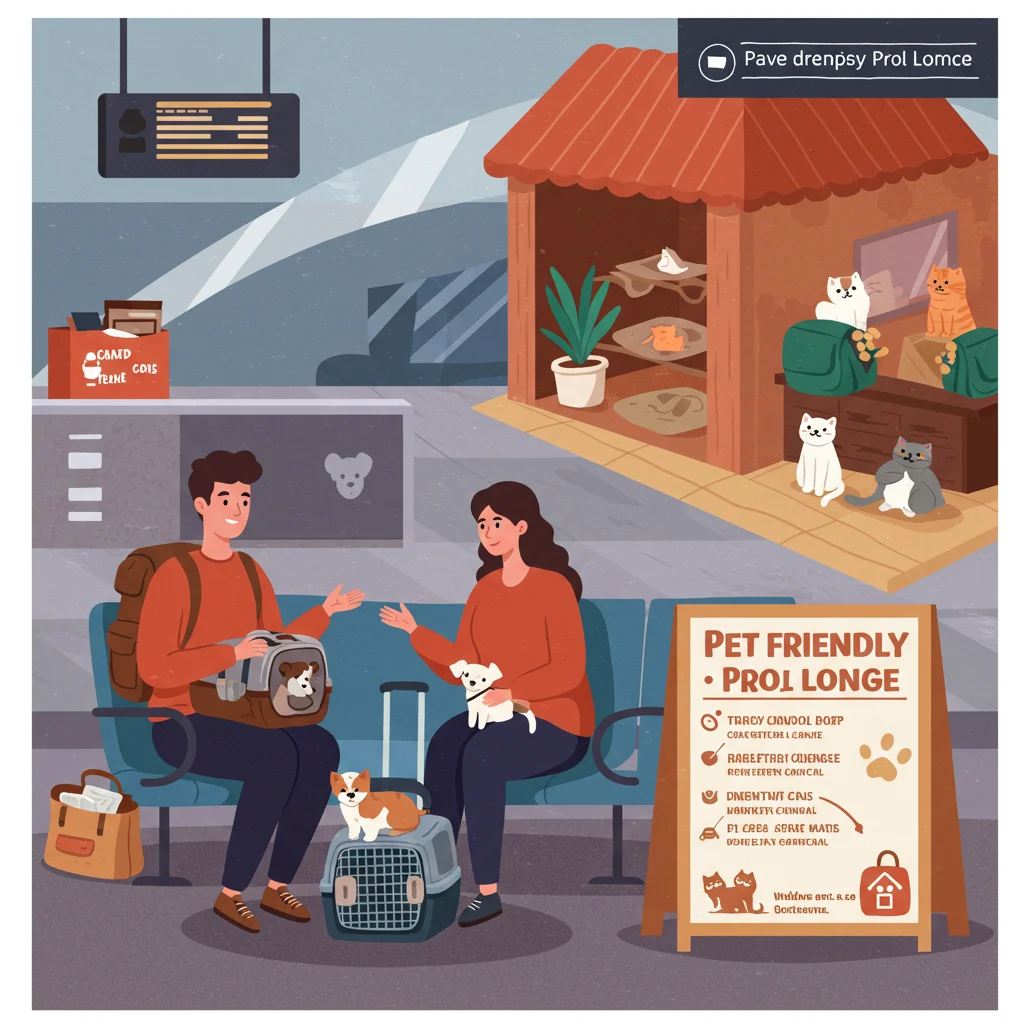
Should You Fly with Your Pet?
Flying may be the only option for long-distance or international travel, but it is not suitable for every pet. Consider your pet’s health, size, and temperament before booking a flight. Some animals may experience significant stress or health risks during air travel.
What Do You Need to Know About Airline Pet Policies?
Each airline has specific rules regarding pet travel, including breed restrictions, carrier dimensions, and documentation requirements. Review these policies carefully and book flights early, as airlines often have limited space for pets in the cabin.
Which Is Safer for Your Pet: Cabin or Cargo?
Small pets are often allowed in the cabin, where they remain under your supervision. Larger animals may have to travel in the cargo hold, which can expose them to temperature fluctuations and handling risks. Whenever possible, opt for in-cabin travel and choose direct flights to minimize layovers and handling.
How Should You Prepare Your Pet for Air Travel?
Acclimate your pet to their carrier and the sounds of busy environments. Avoid sedatives unless specifically prescribed by your veterinarian. Attach clear identification and emergency contact information to both your pet and their carrier.
How Do You Select the Right Airline-Approved Carrier?
Choose a well-ventilated, escape-proof carrier that meets airline size requirements. The carrier should be large enough for your pet to stand and turn comfortably, with a leak-proof bottom and secure closures.
Can You Bring Pets on Trains, Buses, or Boats?
Traveling by train, bus, or ferry can be a relaxing way to include your pet, but policies vary widely. Some services welcome pets, while others restrict them to certain routes or require advance reservations.

Are Pets Allowed on Public Transport?
Many train and ferry companies permit small pets in carriers, while larger dogs may need muzzles or special tickets. Buses are often more restrictive, especially for long-distance routes. Always check with the operator in advance to avoid surprises.
What Tips Can Help Make Public Transport Journeys Smoother?
Keep your pet calm by bringing familiar items and treats. Choose off-peak times to reduce crowds and noise. Practice short trips on public transport before your main journey to help your pet adjust.
What Is Proper Pet Travel Etiquette in Shared Spaces?
Respect fellow passengers by keeping your pet quiet and contained. Clean up any messes promptly and follow all posted rules. A considerate approach ensures a positive experience for everyone on board.
How Do You Find Pet-Friendly Accommodations?
Securing the right place to stay is essential for a comfortable trip. Pet policies, amenities, and fees can vary significantly between hotels, rentals, and campgrounds.

How Can You Find Hotels and Rentals That Welcome Pets?
Use dedicated pet-friendly accommodation websites or filter mainstream booking sites for pet policies. Read reviews from other pet owners to gauge the quality of amenities and staff responsiveness.
What Questions Should You Ask Before Booking?
Inquire about size and breed restrictions, pet fees, available outdoor spaces, and nearby walking areas. Ask whether pets can be left unattended in the room and if there are any prohibited areas on the property.
What Should You Expect from Pet Fees and Deposits?
Most accommodations charge additional fees or deposits for pets. These may cover cleaning or potential damage. Confirm all costs upfront to avoid surprises at check-in.
Can You Stay in Campgrounds or RV Parks with Pets?
Many campgrounds and RV parks welcome pets, but may require leashes and enforce quiet hours. Choose sites with pet-friendly trails and designated play areas for the most enjoyable stay.
How Can You Keep Your Pet Safe and Comfortable on the Road?
Maintaining familiar routines and meeting your pet’s basic needs are key to a smooth journey. Consistency and attentiveness help prevent stress and health issues during travel.
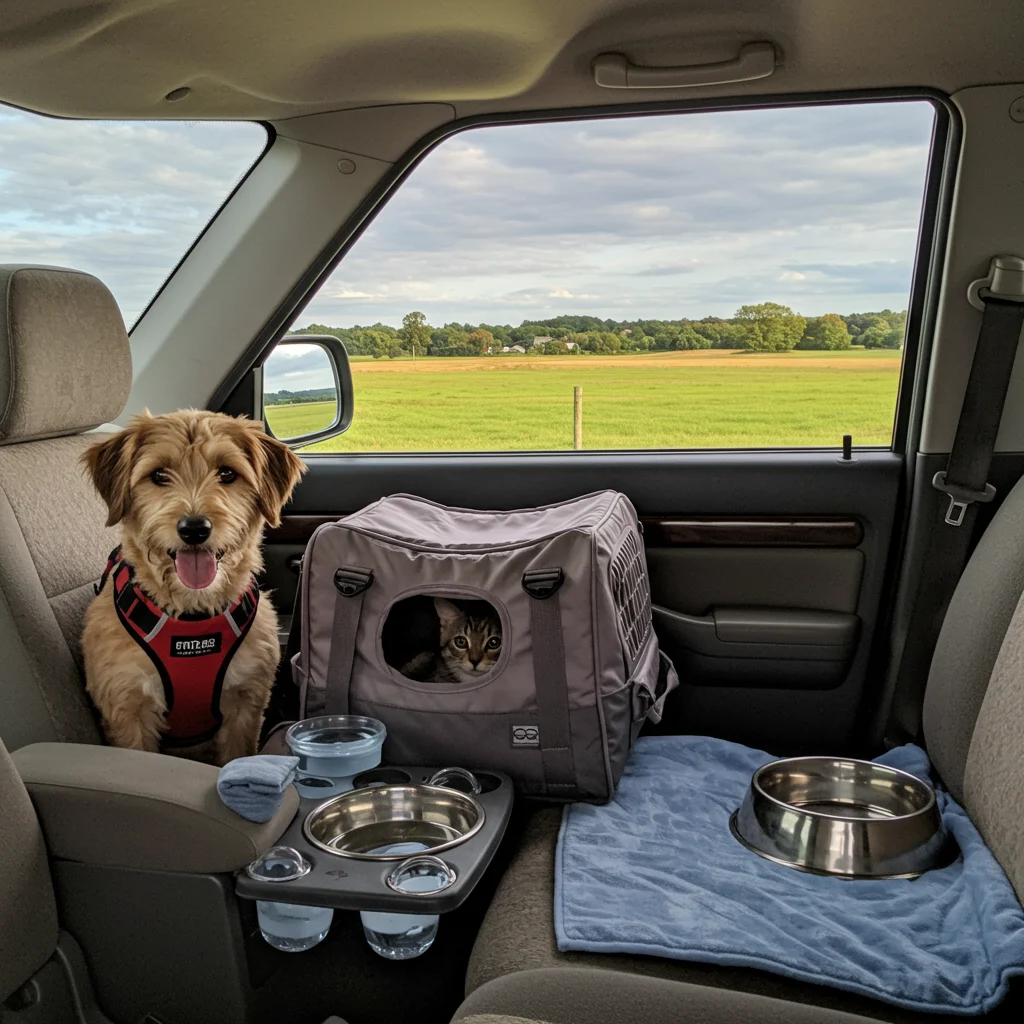
How Do You Maintain Your Pet’s Routine?
Feed, walk, and play with your pet at the same times each day whenever possible. Familiar routines offer comfort and stability in unfamiliar surroundings.
How Do You Feed and Hydrate Pets During Travel?
Offer small, frequent meals and ensure access to fresh water, especially in hot or dry conditions. Use portable bowls and bottled water to avoid digestive upsets from unfamiliar sources.
What Are Safe Exercise and Playtime Options?
Seek out parks, trails, or open spaces where your pet can burn off energy. Always supervise playtime and use leashes or secure enclosures as needed. Some destinations, like the West Bay Beach Break and Monkey and Sloth Sanctuary, offer unique outdoor experiences that can be shared with your pet.
How Should You Manage Bathroom Breaks and Clean-Up?
Plan regular stops and always carry waste bags for quick and responsible clean-up. Proper disposal keeps public areas pleasant and demonstrates respect for fellow travelers.
How Should You Handle Emergencies While Traveling?
Despite careful planning, emergencies can occur. Having a strategy in place for veterinary care and lost pets can make all the difference during stressful moments.

How Do You Find a Veterinarian Away from Home?
Research veterinary clinics along your travel route and save their contact information. Many pet-friendly hotels and campgrounds can provide local recommendations in case of illness or injury.
What Should You Do If Your Pet Gets Sick or Injured?
Remain calm and assess the situation. Use your pet first aid kit for minor issues, and seek professional care for serious symptoms. Keep a record of your pet’s medical history and medications for reference.
How Can You Prevent and Respond to Lost Pets?
Microchip your pet and update contact details before traveling. Always use a collar with ID tags. If your pet goes missing, contact local shelters, post notices, and use social media to help with recovery efforts.
As experts often say:
“Preparation is the key to successful travel with pets. The more you plan ahead, the smoother and safer your journey will be for everyone involved.”
What Are the Best Tips for Traveling with Special Needs Pets?
Senior pets and those with medical or physical challenges can still enjoy travel with the right accommodations and care. Adapt your plans to their unique requirements for a safe and pleasant trip.
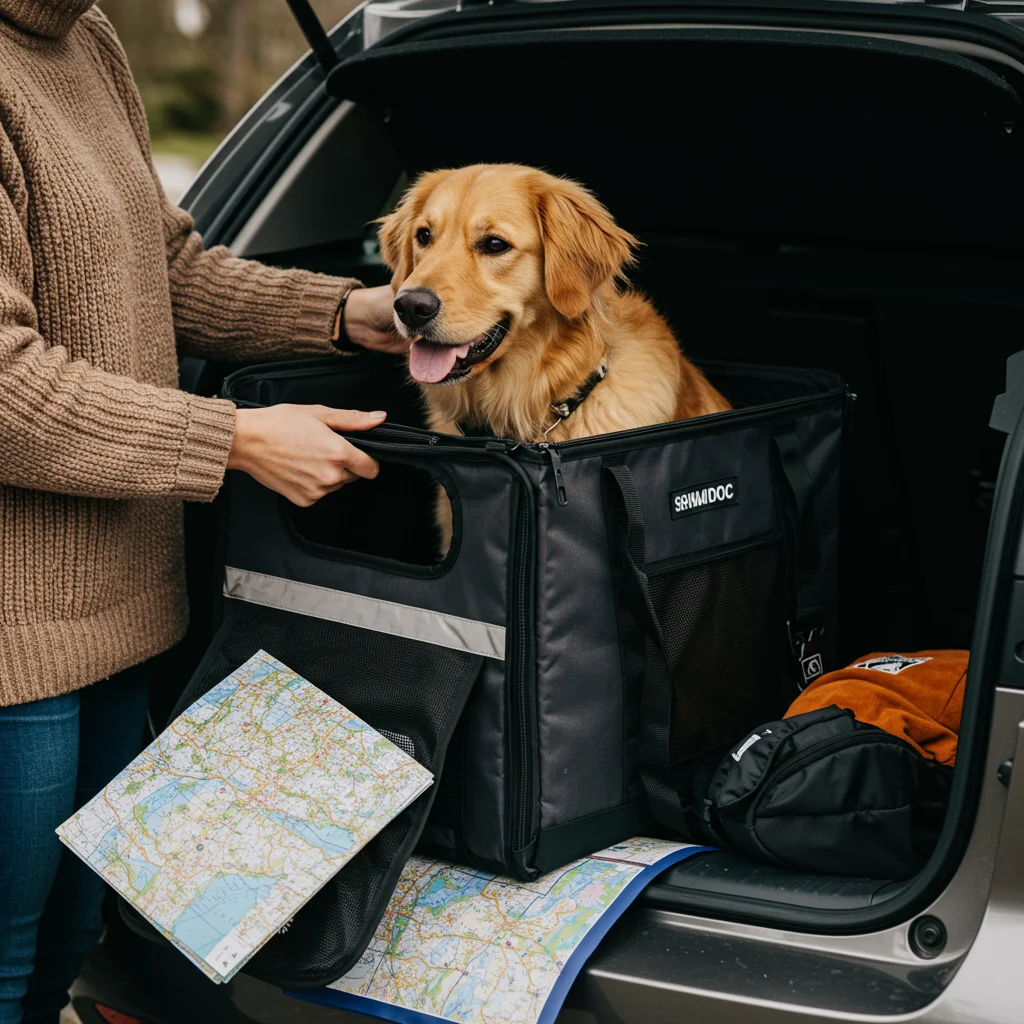
What Should You Know About Traveling with Senior Pets?
Older animals may require more frequent breaks, softer bedding, and special diets. Monitor them closely for signs of fatigue or discomfort, and keep their schedule as consistent as possible.
How Can You Travel with Pets That Have Medical Conditions?
Pack all necessary medications and a letter from your veterinarian explaining your pet’s condition. Research veterinary facilities along your route, and avoid destinations with limited access to emergency care.
How Do You Adapt Travel Plans for Disabled Pets?
Consider mobility aids, ramps, or strollers for pets with limited movement. Choose accessible accommodations and plan activities that match your pet’s abilities.
What Should You Know About International Pet Travel?
Crossing international borders with pets is a complex process that involves paperwork, health checks, and strict regulations. Begin preparations months in advance to avoid complications.

How Do You Understand Import and Export Regulations?
Each country has its own list of prohibited species, vaccination requirements, and quarantine rules. Consult official government resources and embassies for the most accurate information.
How Should You Prepare for International Flights with Pets?
Book direct flights whenever possible, and confirm all documentation with your airline and destination authorities. Prepare for longer layovers and possible health checks upon arrival.
How Do You Navigate Pet Customs and Immigration?
Have all documents ready for inspection, including health certificates, vaccination records, and import permits. Remain patient and courteous during inspections to facilitate a smooth entry process.
Is Pet Travel Insurance Necessary?
Pet travel insurance can provide peace of mind and financial protection in case of emergencies. Policies vary, so it is important to understand what is covered and how to choose the best option for your needs.
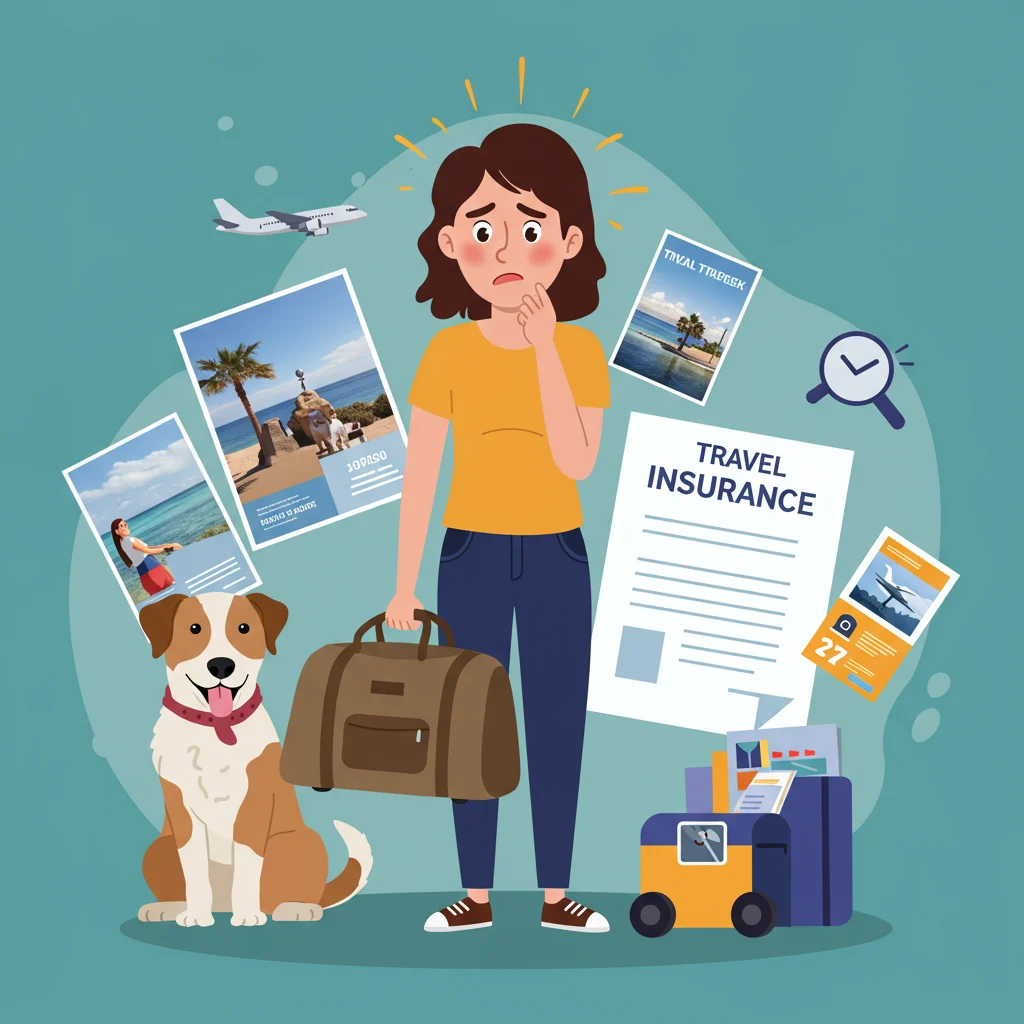
What Does Pet Travel Insurance Typically Cover?
Insurance may include coverage for medical emergencies, cancellations due to illness, lost or stolen pets, and liability for property damage. Read the policy details carefully to understand exclusions and limits.
How Do You Choose the Right Pet Travel Insurance Policy?
Compare policies from reputable providers, considering your destination, pet’s age, and health. Look for plans with clear claims processes and strong customer support. For more details on the benefits of coverage, learn more in our comprehensive guide to pet travel.
How Can You Budget for Pet Travel?
Traveling with a pet adds expenses such as transportation, accommodations, and supplies. Careful budgeting ensures you are prepared for both expected and unforeseen costs.
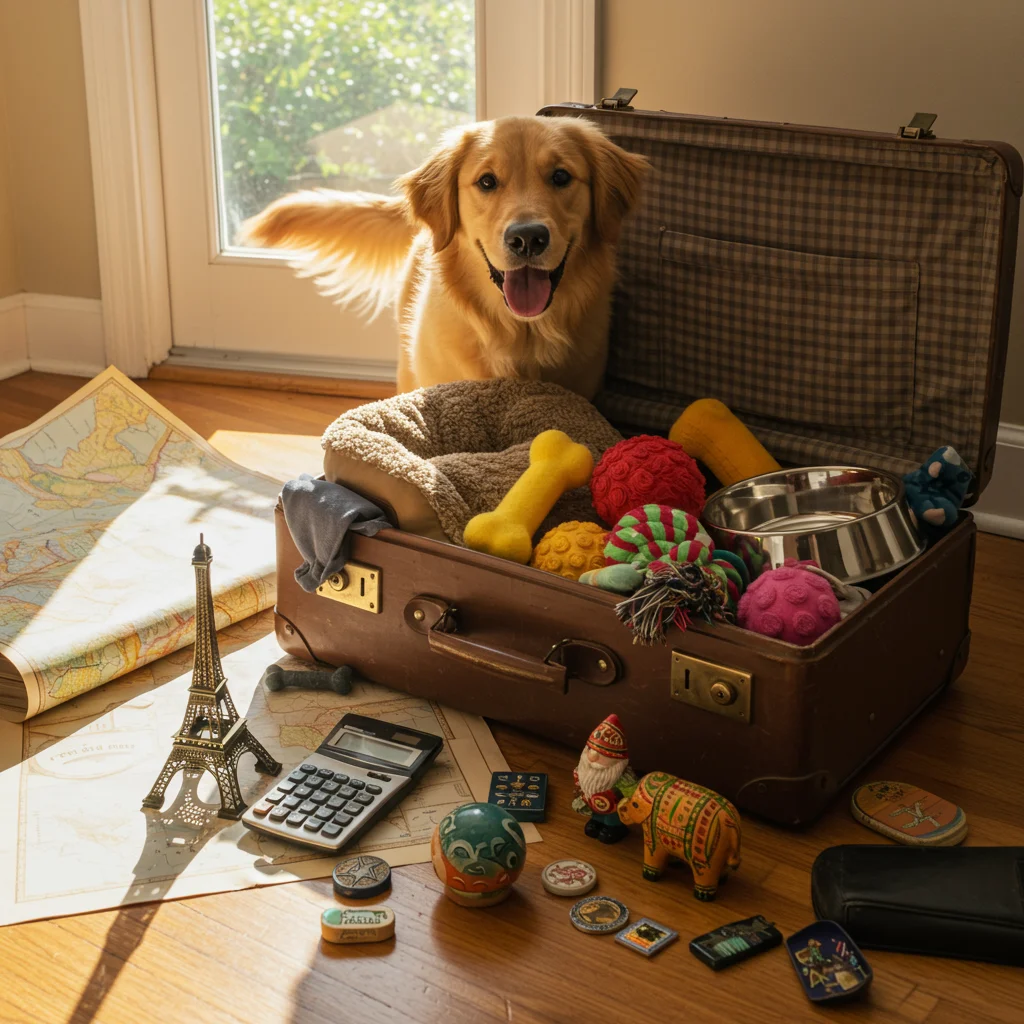
How Do You Estimate the Total Cost of Traveling with Pets?
Add up fees for transportation, pet-friendly lodging, meals, veterinary care, and insurance. Include a buffer for emergencies or last-minute changes. Tracking expenses helps avoid surprises and allows you to enjoy your trip without financial stress.
What Are Ways to Save Money on Pet Travel?
- Book accommodations and transportation early to secure the best rates
- Bring your own supplies to avoid expensive purchases on the road
- Seek out free or low-cost pet-friendly activities
- Consider group tours or packages that cater to travelers with pets, such as those found in our review of the Acadia National Park and Boston 3-Day Tour
What Are Essential Pet Travel Safety Tips?
Safety is the foundation of a successful trip with your pet. Vigilance, preparation, and awareness of your surroundings keep both you and your animal companion secure throughout your journey.
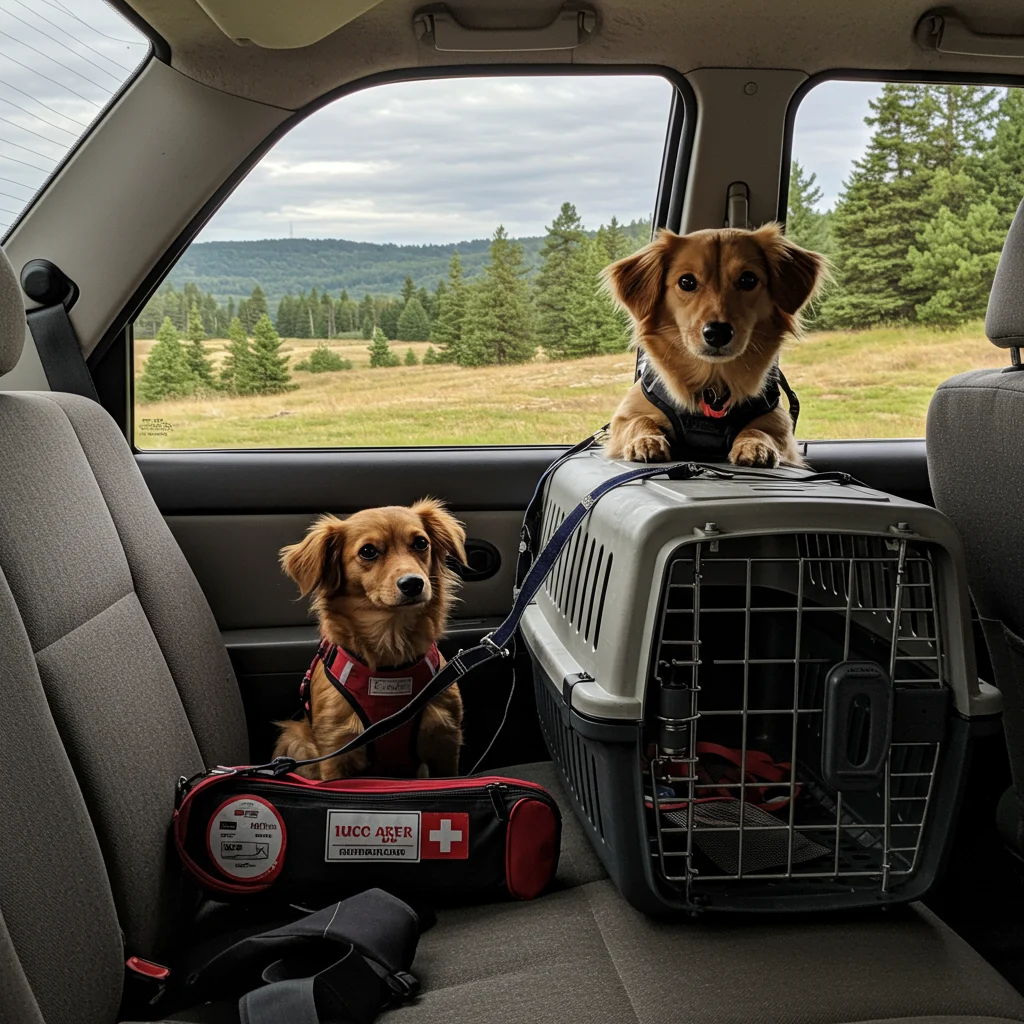
How Can You Prevent Pet Theft and Loss?
Never leave your pet unattended in public areas or vehicles. Use sturdy leashes, harnesses, and carriers. Microchipping and visible ID tags are effective deterrents and aid in recovery if your pet becomes lost.
How Do You Recognize Signs of Stress or Illness While Traveling?
Watch for changes in appetite, behavior, or energy levels. Panting, drooling, or withdrawal may signal anxiety or illness. Address symptoms promptly and consult a veterinarian if concerns arise.
What Is Proper Etiquette and Law for Responsible Pet Travel?
Responsible pet travelers respect both the rules of their destination and the comfort of those around them. Good manners and legal compliance make travel enjoyable for everyone.
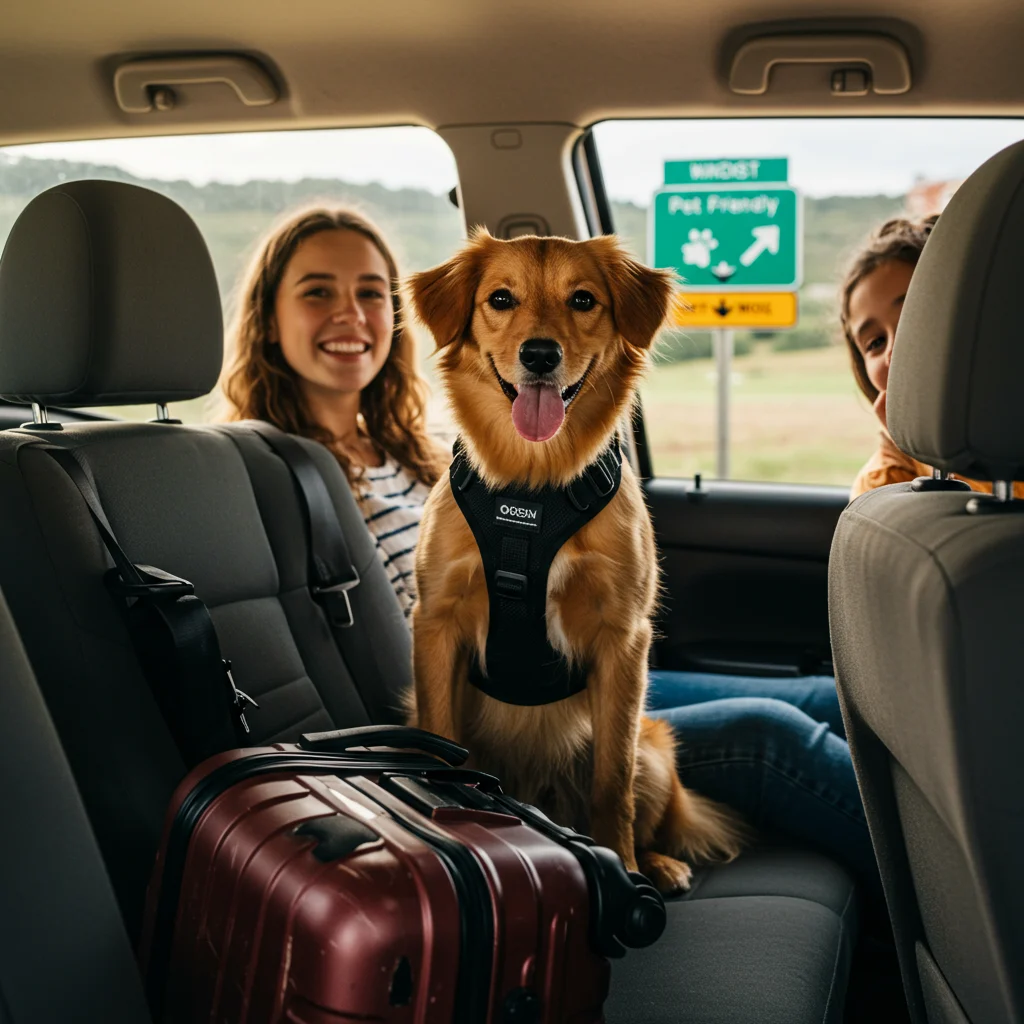
How Should You Follow Leash Laws and Local Regulations?
Always use a leash where required and obey posted regulations. Research local ordinances before arrival, as rules can differ significantly between cities and parks.
How Can You Respect Other Travelers and Shared Spaces?
Keep your pet under control in public spaces, minimize noise, and clean up after them promptly. Being considerate of others ensures positive interactions and preserves access to pet-friendly travel opportunities.
How Do You Handle Aggressive or Reactive Pets in Public?
Anticipate triggers and avoid crowded or high-stress environments. Use muzzles or calming aids as needed, and never leave your pet unsupervised in unfamiliar settings. Training and preparation are essential for successful outings.
What Fun Activities Can You Enjoy with Your Pet During Travel?
Sharing memorable experiences with your pet is one of the greatest rewards of traveling together. Many destinations offer unique attractions and activities designed for animal companions.
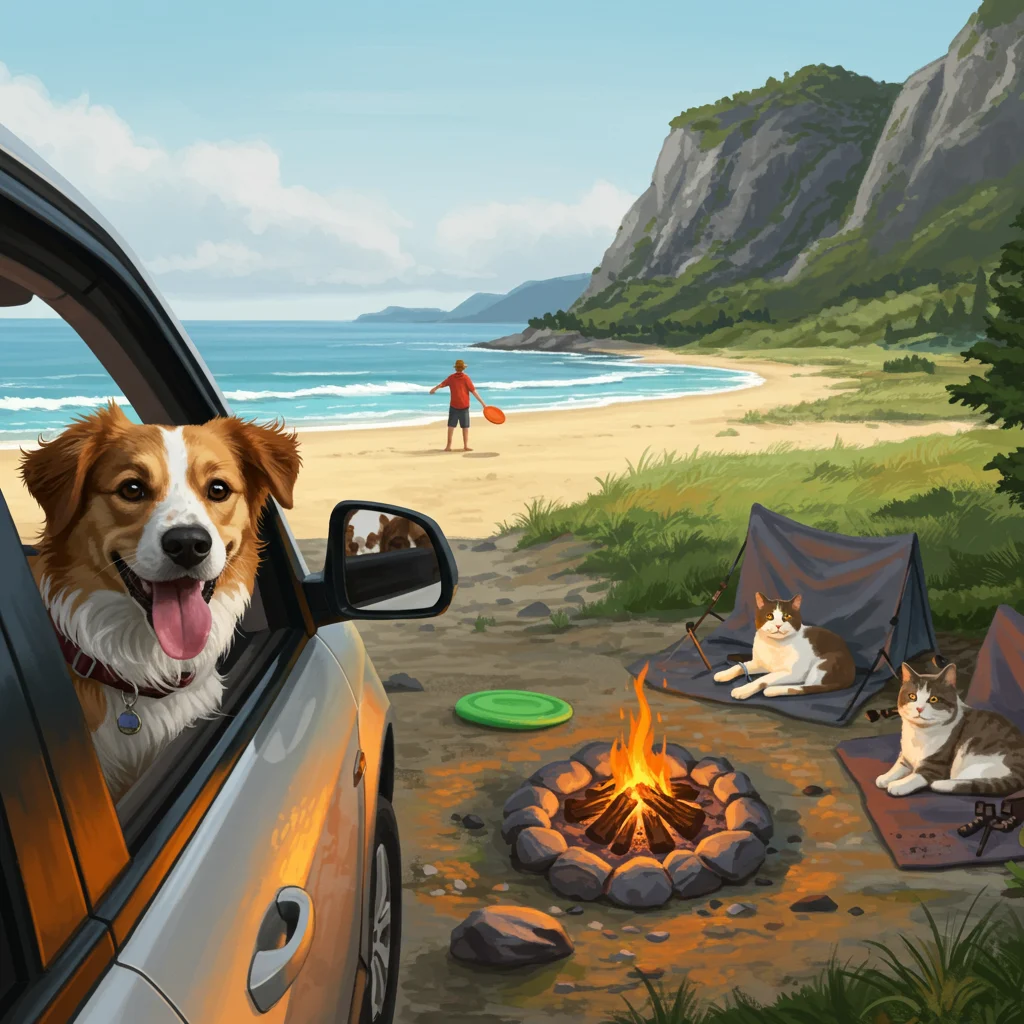
What Pet-Friendly Attractions and Events Are Available?
Look for local festivals, pet parades, and guided tours that welcome animals. Some cruises, like the Miami Millionaires Sightseeing Cruise, offer pet-friendly options and scenic views that both you and your pet can enjoy together.
What Outdoor Adventures Work Well for Pets?
Hiking, swimming, and exploring national parks provide excellent exercise and stimulation. Always check for leash requirements and wildlife warnings before venturing into unfamiliar terrain.
Can You Dine Out with Your Pet?
Many restaurants and cafes offer outdoor seating where pets are welcome. Bring a portable water bowl and treats, and choose less crowded times to ensure a relaxing experience for all.
How Should You Care for Your Pet After Returning Home?
Post-travel care is as important as preparation. Helping your pet recover and readjust ensures their long-term health and happiness after your journey ends.

How Can You Help Your Pet Readjust After a Trip?
Resume normal routines as quickly as possible. Allow your pet time and space to rest, and watch for any lingering signs of stress or fatigue.
What Should You Check for in Terms of Illness or Injury?
Inspect your pet for ticks, cuts, or unusual symptoms. Schedule a follow-up visit with your veterinarian if you notice any health concerns or if your pet was exposed to new environments or animals.
How Do You Clean and Sanitize Pet Gear After Travel?
Wash bedding, toys, carriers, and bowls with pet-safe detergents. This prevents the spread of germs and keeps your pet’s belongings fresh and inviting for future adventures.
Frequently Asked Questions About Traveling with Pets
We often receive questions from readers about the logistics and challenges of pet travel. Common topics include how to find pet-friendly airlines, what to do in case of emergencies, and tips for minimizing anxiety. If you have a specific concern, consult your veterinarian or reach out to travel experts for tailored advice.

Conclusion: How Can You Make Pet Travel a Positive Experience?
Traveling with your pet opens the door to shared adventures, deeper bonds, and cherished memories. With thoughtful preparation, patience, and a commitment to your pet’s well-being, every trip can become a rewarding journey for both of you.
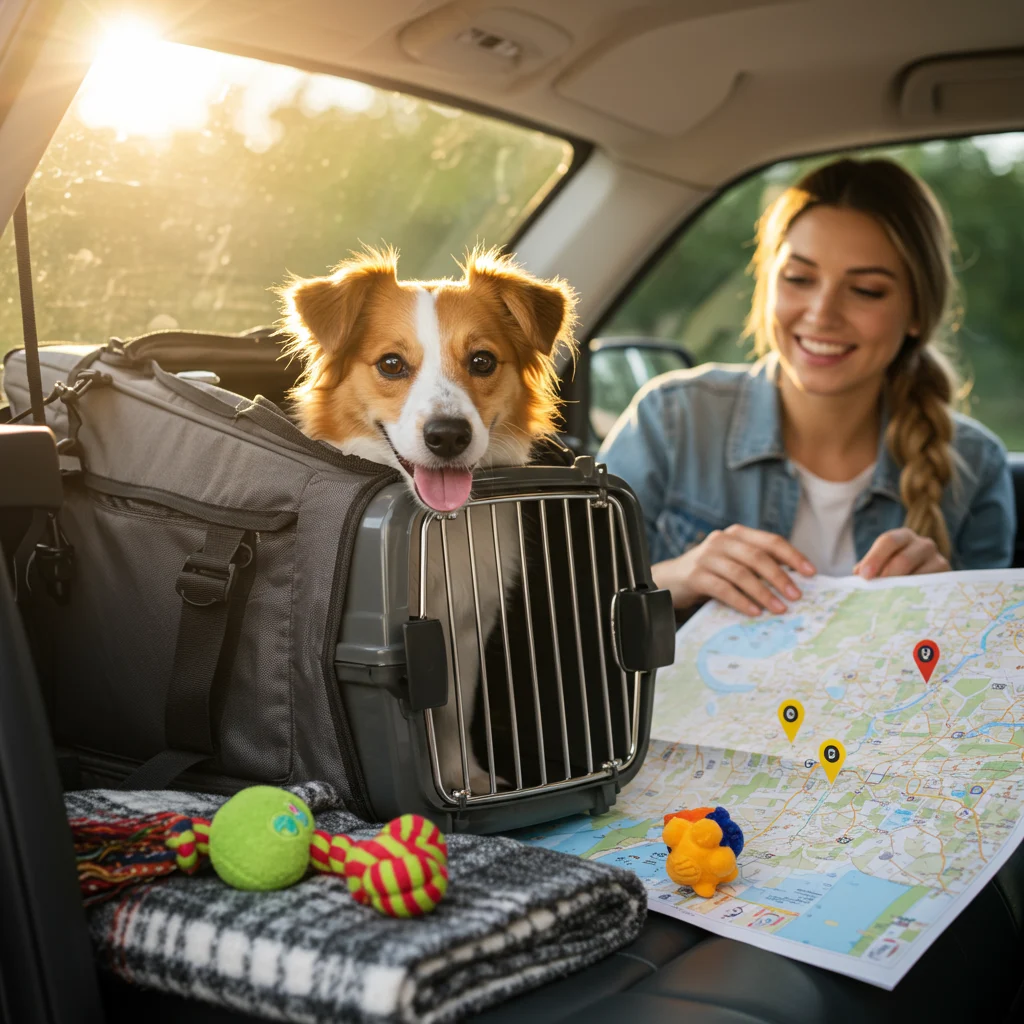
For more detailed tips, destination guides, and inspiration, we encourage you to visit Tourlik, your trusted resource for unforgettable travels with your animal companions.
Resources and Further Reading

- Centers for Disease Control and Prevention: Pet Travel Guidance
- USDA Animal and Plant Health Inspection Service: International Pet Travel
- American Veterinary Medical Association: Traveling with Your Pet
- International Pet and Animal Transportation Association
- Local tourism boards and official government websites for up-to-date regulations

